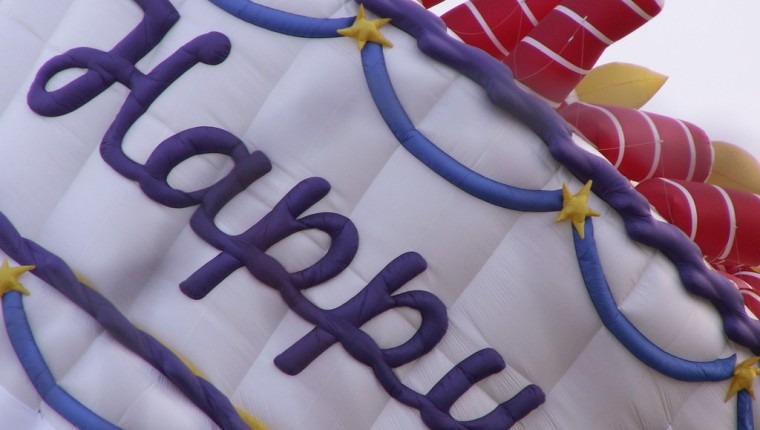By Margo Hammond
Reading My Age
73 Books in 2022
. . .
For some years now I have been challenging myself to read my age. That is, I’ve been reading the same number of books as the age I turned that year.
Of course, for the past two years in lockdown I had little to do but read. This year may be a little more challenging – I’m on the hook to read 73 books.
The books I read last year were a pretty eclectic lot. Sticking close to home, I read Florida Scrub-Jay: Field Notes on a Vanishing Bird by Mark Jerome Walters and a mystery written by someone who lives in St. Petersburg as I do (Gail Massey’s The Girl From Blind River).
. . .
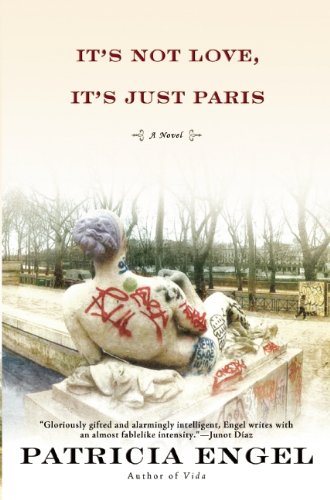
. . .
Other books teleported me to France (It’s Not Love, It’s Just Paris by Patricia Engel), Sweden (Anxious People by Frederik Backman), Korea (The Island of Sea Women by Lisa See), Antarctica (Endurance: Shackleton’s Incredible Voyage by Alfred Lansing), England (The Splendid and the Vile: A Saga of Churchill, Family, and Defiance During The Blitz by Eric Larsen) and Africa (Homegoing by Yaa Gyasi).
Sometimes I was transported to the past, as with Lauren Groff’s illuminating Matrix, set in a monastery in 12th century England. In Gary Shteyngart’s “pandemic novel,” Our Country Friends, I was in present-day America – all his characters were in lockdown. Talk about relatable.
. . .
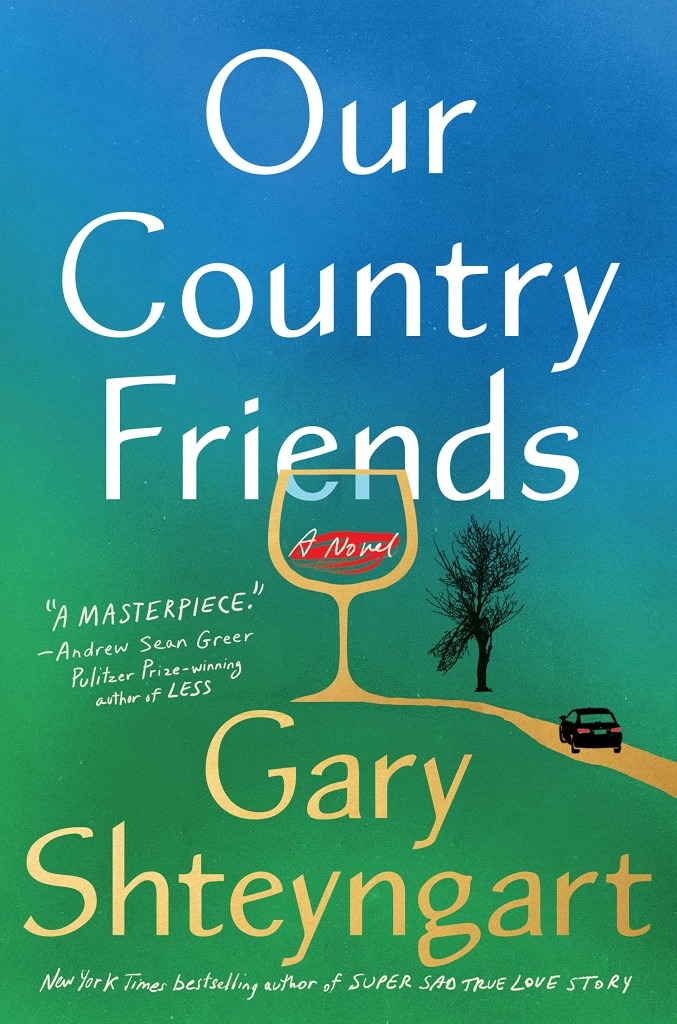
. . .
I began my year’s reading with a nonfiction book — It Was All A Lie: How the Republican Party Became Donald Trump — written by Stuart Steven who once was a Republican. Ominously, I finished it on January 6.
“Stripped of any pretense of governing philosophy, a political party will default to being controlled by those who shout the loudest and are unhindered by any semblance of normalcy,” writes Steven, lamenting what his former party has morphed into. “It isn’t the quiet fans in the stands who get on television but the lunatics who paint their bodies with the team colors and go shirtless on frigid days. It’s the crazy person who lunges at the ref and jumps over seats to fight the other team’s fans who is cheered by his fellow fans as he is led away on the jumbotron.”
Steven wrote that before the QAnon Shaman stormed the U.S. Capitol wearing fur and horns, his face painted with the stripes of the American flag. Who says writers are not prophets?
Cultish: Language of Fanaticism by Amanda Montell was another book I picked up to try to understand the conspiracy mania afoot in our land.
. . .
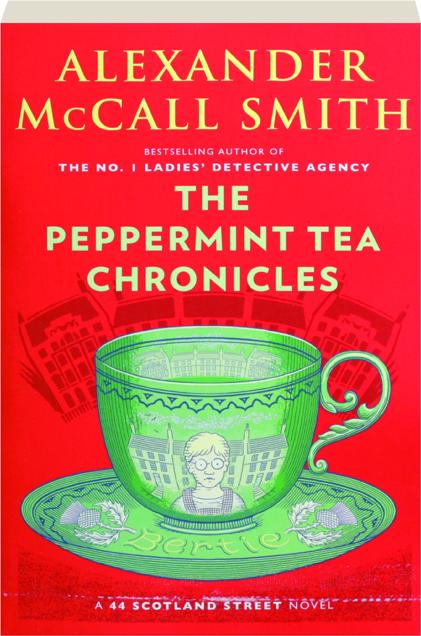
. . .
To cleanse my palate, I would turn to Alexander McCall Smith, the prolific Scottish writer who is the creator of the No. 1 Ladies Detective Agency series, set in Botswana. My favorite is The Peppermint Tea Chronicles from his 44 Scotland Street series which as its review in Kirkus says perfectly is “fragrant, refreshing, and soothing as a cup of – well, you know what.”
In 2020 I read Autumn, a series of short essays by Norwegian writer Karl Ove Knaussgaard that he wrote for his unborn daughter. Last year I continued his seasonal quartet with Winter, Spring and Summer. As the year came to a close, I also read his strange new novel The Morning Star. I can highly recommend the books of essays (although Spring was my least favorite) but I’m still trying to sort out what I think of The Morning Star, which follows the lives of nine characters and their reactions to the sudden appearance of a new star in the sky.
My favorite book of 2020 was Richard Power’s The Overstory, about the “vast, slow, interconnected, resourceful, magnificently inventive, and almost invisible” world of trees, so in 2021 I eagerly read two more of his – The Echo Maker and Bewilderment. Neither was as satisfying as The Overstory and the latter was, well, bewildering.
What was my favorite book of 2021? It would be easier to pick out my least favorites because those are the ones I abandoned. Lately, I have been giving myself permission to bail on books that I find lame. Life is too short — and, there are too many books out there to worry over the duds.
. . .
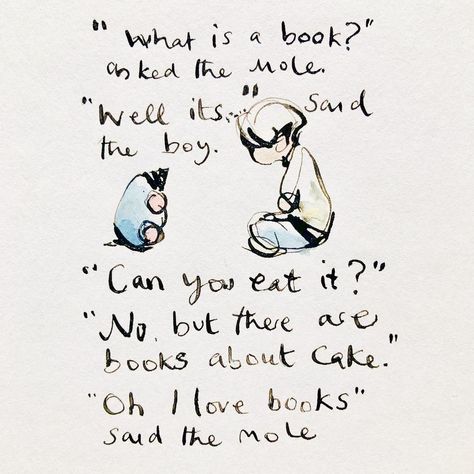
. . .
The shortest book I read last year was the touching and inspirational – The Boy, the Mole, the Fox and the Horse, written and charmingly illustrated by Charlie Mackesy and a popular book for those tiring of the pandemic. The 128-page gem includes one of the best pieces of advice I’ve ever heard. . .
. . .
“Do you have a favourite saying?” asked the boy.
“Yes” said the mole.
“What is it?”
“If at first you don’t succeed, have some cake”
“I see, does it work?”
“Every time.”
. . .
One of the longest books I read was a Colum McCann novel. Apeirogon clocks in at a whopping 480 pages. It’s the story of two fathers — one Palestinian and the other Israeli — who meet while working for an organization called The Parents Circle, people who have all experienced the unspeakable loss of a child to Mideast violence. They have joined to work for a peaceful solution to the area’s conflicts. It is based on the real-life friendship between between Bassam Aramin and Rami Elhanan.
The title refers to a geometric shape with an infinite number of sides, a metaphor for the unending spiral the Mideast is caught up in. Apeirogon has 1,001 chapters, some consisting of only one line, echoing A Thousand and One Nights, the famous tale in which Scheherazade tells stories to stay alive.
. . .
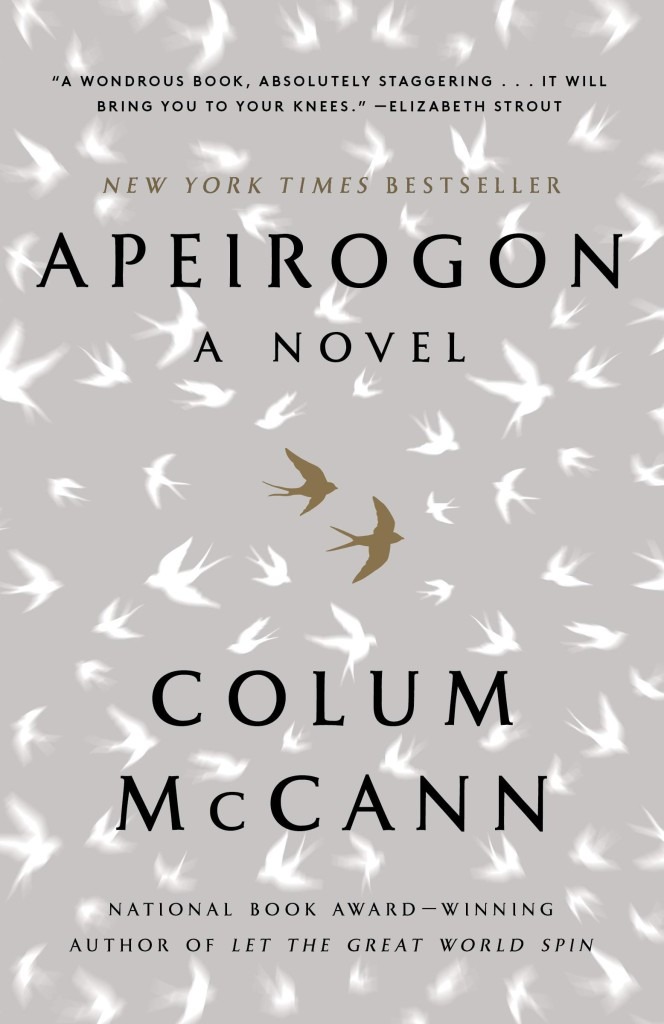
. . .
Like that tale, Apeirogon is about the power of storytelling. The fathers tell the stories of their daughters’ lives and horrific deaths over and over again to keep their memories alive and to make sense of their loss. Reading Apeirogon is heartbreaking but oddly hopeful. Can the answer to the world’s woes really be friendship? “You don’t read Apeirogon so much as feel it,” wrote Alex Preston in the Guardian. Exactly.
I didn’t belonged to a book club when the pandemic hit, but in lockdown, I joined several organized by family, friends, museums and, in one case, a theater. All virtual, of course.
Some of the titles we read I would never have picked on my own — Circe by Madeline Miller and Refugee by Alan Gratz, for example — but I ended up enjoying them. During lively Zoom sessions, someone would inevitably point out some aspect of the book I hadn’t considered.
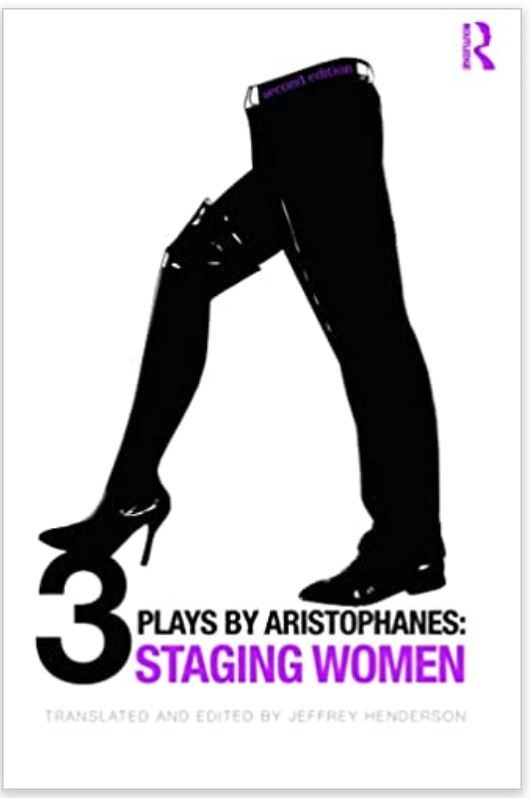
. . .
One of my favorite online discussions was of a play, Aristophanes’ Assemblywomen, which I read for a play reading club hosted by Stageworks, a Tampa-based theater. Alas, that club seems to have been disbanded.
I read The Age of Light: A Novel by Whitney Scharer for St. Petersburg’s Museum of Fine Arts book club, but the discussion at the last minute was cancelled. Still I was glad I read Scharer’s novel, based on the life of photographer Lee Miller and her stormy relationship with the surreal photographer Man Ray. The Age of Light turned out to be the perfect companion to the Dalí Museum’s fall exhibit devoted to the exquisitely beautiful and talented Miller whose real-life story reads like a novel. A Vogue model and later a photojournalist covering World War II (she staged of a photo herself in Hitler’s bathtub, washing off the dirt from her trip to Dachau), Miller eventually abandoned photography, wrote a cookbook and put up with her cheating husband by drinking.
I hope she took the Mole’s advice about eating cake.
. . .
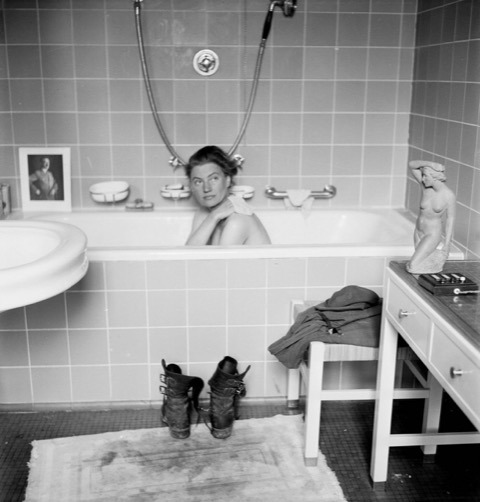
. . .
Speaking of the Dalí, that museum held the only in-person book club session I attended last year. The Dalí Literary Salon, which I help organize twice a year along with the salon’s founder Peggy Silvergleid and the Dalí’s curator of education Peter Tush, met — under safe COVID protocols — in the Dalí boardroom in November to discuss Francine Prose’s Peggy Guggenheim: The Shock of the Modern. To decide on our 2022 selection, I read The Autobiography of Alice B. Toklas by Gertrude Stein and A Life of Picasso: The Minotaur Years 1933-1943 by John Richardson (his fourth volume on the artist’s prolific artistic and love life).
. . .
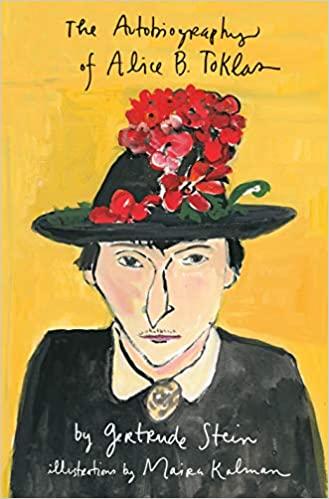
. . .
The Richardson is highly entertaining, written by someone who knew the artist personally, but I’m voting for discussing the Stein. Although Stein certainly is a name dropper and I still can’t get it around my head how an autobiography can be written by someone other than the narrator, her descriptions of the comings and goings in the art salon on the Rue du Fleurus, as seen through the eyes of Alice, her mate, is mesmerizing.
Throughout the year I got a lot of book recommendations from friends. Jaye turned me on to a book called Big Friendship: How We Keep Each Other Close, written jointly by Aminatou Sow and Ann Friedman, two friends of different races.
. . .

. . .
After Lynn, a friend in Arizona, wrote that she was reading The Copenhagen Trilogy by Tove Ditlevsen, I, too, read all three – Childhood, Youth and Dependency. When two friends who have never met — Diane in Milwaukee and Mary Lou in Cleveland — both urged me to read The Midnight Library, I put it on my list. I had been put off by its goofy premise (trying out parallel lives?) but the book ended up haunting me. Who among us wouldn’t want to see what our lives would look like if we had zigged instead of zagged?
David, a friend living in New York, encouraged me to read Heather McGhee’s The Sum of Us: What Racism Costs Everyone & How We Can Prosper Together. It became one of many books on race that I devoured last year as race dominated our headlines – Caste: the Origins of Our Discontent by Isabel Wilkerson, Harlem Shuffle by Colin Whitehouse and The Vanishing Half by Britt Bennett.
. . .
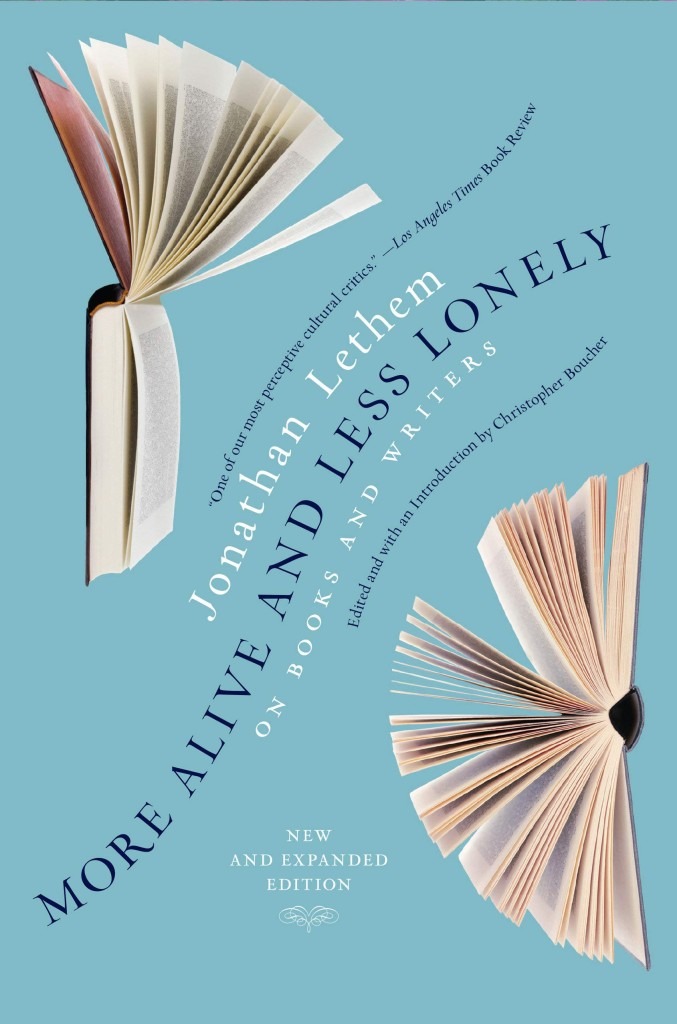
. . .
Again and again on my reading list, not surprisingly, were books about reading (and writing) books – More Alive and Less Lonely: On Books and Writers by Jonathan Lethem, The Plot by Jean Hanff Korelitz, Books and Libraries, an anthology of poetry edited by Andrew Scrimgeour and How to Live What To Do: In Search of Ourselves in Life and Literature by Josh Cohen. Cohen, a psychoanalyst and professor of literature, argues that fictional characters from Alice in Alice in Wonderland to John Ames in Marilynne Robinson’s Gilead can teach us lessons for every stage of our lives.
Some of the books that I read were gifts or loans from friends. Larry passed on his copy of State of Wonder by Ann Patchett, once owned by a mutual friend who died unexpectedly last year after what appeared to be a freak accident. Mary Lou sent me Permission to Feel by Marc Barnett to help me deal with the grief I was experiencing over her loss. Carolyn loaned me her copy of All the Devils Are Here by Louise Penny (we are both shameless fans of Inspector Gamache and Three Pines). Early on in the pandemic, she had given me a mask that read “I’m F.I.N.E.,” which every Penny fan knows stands for “Fucked up, Insecure, Neurotic and Egotistical.”
. . .
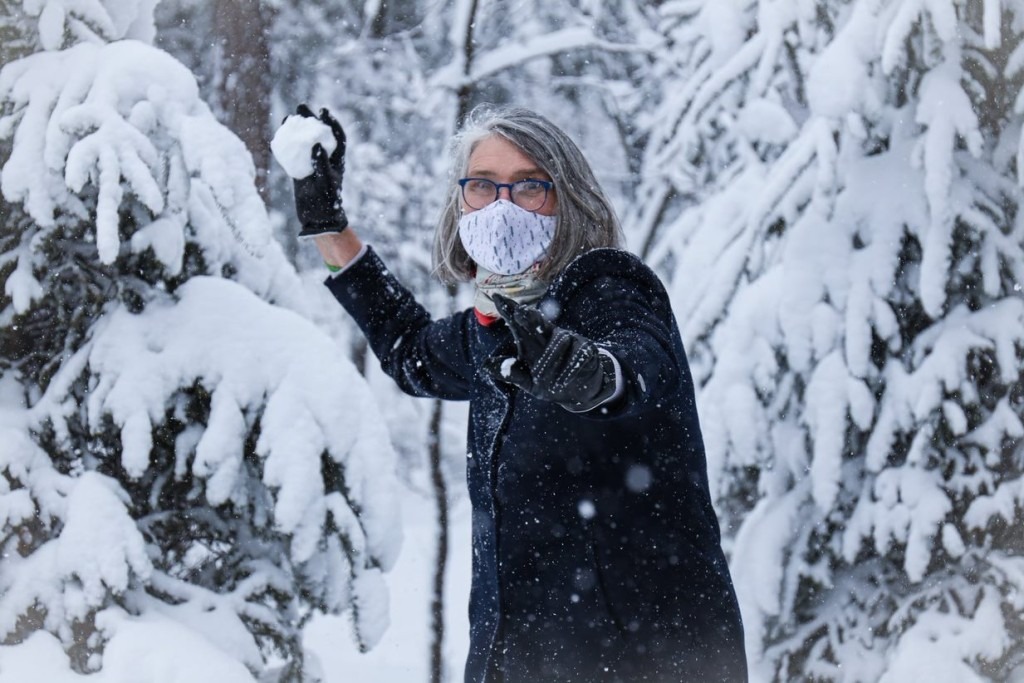
. . .
I had to wait in a while to get a hold of The Lincoln Highway by Amor Towles, The Promise by Damon Galgut and Oh William! A Novel by Elizabeth Strout from the library, but some of the books I read this year came right off my own bookshelves – books I always meant to read, but never had the time, including Walter Benjamin at the Dairy Queen: Reflections at Sixty and Beyond by Larry McMurtry. Sadly, only a few months after I read McMurtry’s reflections on turning sixty, the power of storytelling and the West, McMurtry died. He made it to age 84.
Another book off my shelf that I read — or re-read — was my 1930 edition of The Secret of the Old Clock by Carolyn Keene (who, of course, was a pen name for a number of writers. I read it after I received a request from the Arts Coast Magazine to contribute a piece to “Books that Sparked You as a Kid.”
. . .
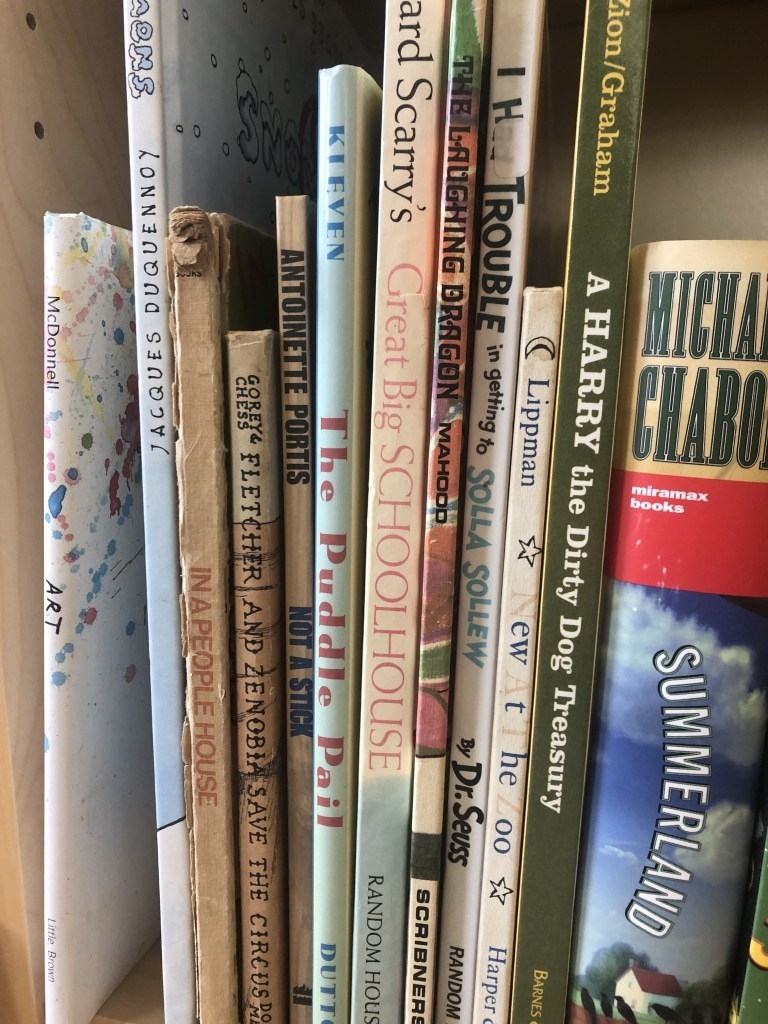
. . .
I had read the book, the first in the Nancy Drew series, as a 10-year-old, but in the re-reading, I was shocked by the racism and sexism I found. Nancy Drew, it turns out, as feisty as she appeared to me back in the ‘50s, was part of a society that wasn’t very enlightened. Here, in part, is what I wrote in my Arts Coast piece. . .
How had I accepted all the racial and sexist stereotypes that had been dropped into my 10-year-old unsuspecting brain? In the 1930 edition of The Secret of the Old Clock, for example, a “colored” caretaker who talks in dialect is painted as a buffoon, and at one point is unceremoniously pushed out of car. And in the middle of trying to track down a missing will, Nancy stops to shop for a new frock for an upcoming party because that’s what girls do, don’t they? If I had read the 1959 version, I would have been spared that racist scene — in the ‘50s versions all mention of Black people was excised — but apparently I would have been subjected to even more robust sexist stereotyping. In the ‘50s and ‘60s versions, the editors urged the various “Carolyn Keenes” to portray Nancy as more feminine and less combative.
The lesson I learned? Question everything you read – no matter how many books you read this year.
. . .
Originally published in Creative Late Bloomers

